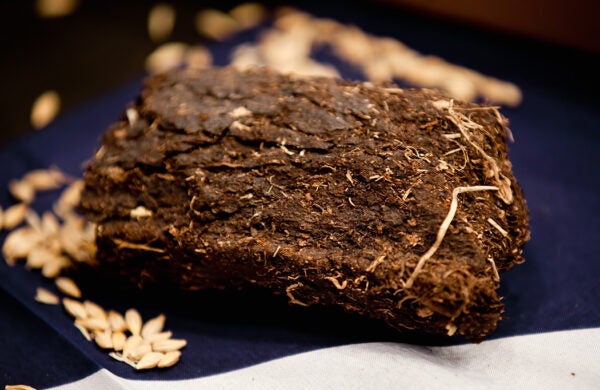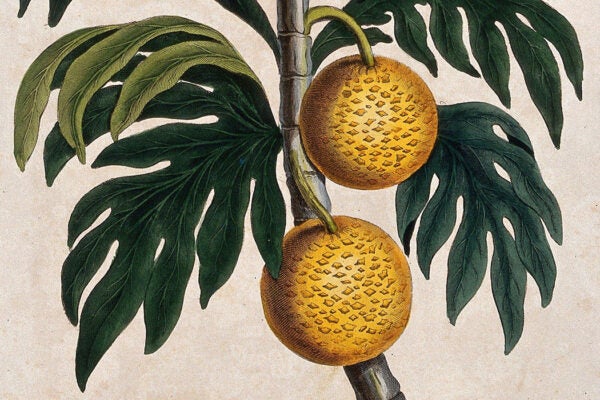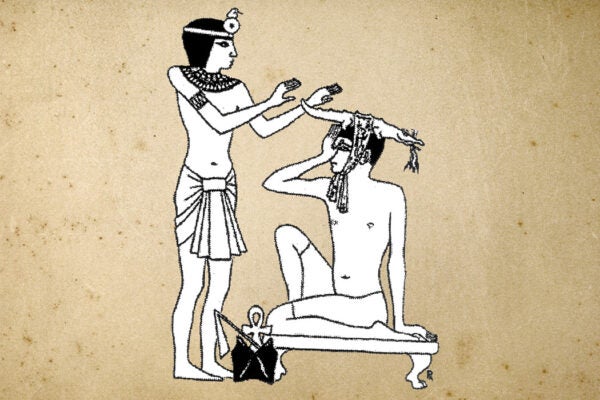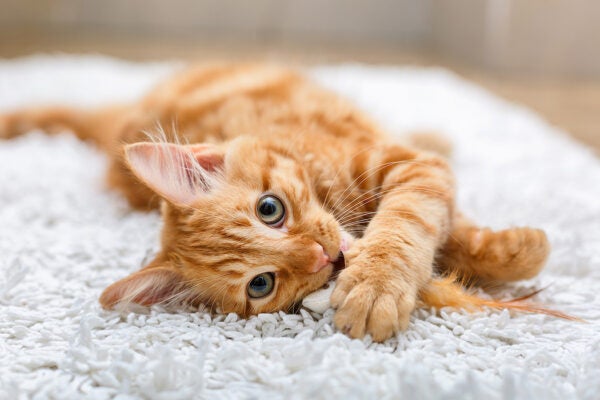The Origins of the “Dinosaur Renaissance”
John Ostrom’s ideas were part of the so-called Dinosaur Renaissance, a paradigm shift that posited dinosaurs as the warm-blooded ancestors of birds.
Why Peat Is a Key Ingredient in Whisky and the Climate Crisis
Approximately 80 percent of Scotch whisky is made using peat as a fuel source for drying barley during the malting process. Is that a problem?
Quintessential Resilience: The Breadfruit in the Caribbean
The breadfruit tree has coexisted with humans for more than three thousand years. Its future may depend on how strong of an ally humans can become to it.
The Secrets of Butterfly Migration, Written in Pollen
Trillions of insects move around the globe each year. Scientists are working on new ways to map those long-distance journeys.
How Interwar Britain Saved Their Dogs
Canine distemper became a major threat in Great Britain after World War I. Saving the nation’s dogs depended on an imperfect collaboration.
Crocodile of a Migraine? An Egyptian Rx
Why the ancient Egyptians did—or did not—recommended strapping a clay crocodile to an aching head.
Insects in the Mail
The efficiency of the postal system and generosity of local experts played important roles in the advancement of entomology in eighteenth-century France.
Rosemary: The Herb of Ritual and Remembrance
From ancient Egypt to today, the scent of rosemary has promised comfort, joy, and even immortality.
A Blind Beetle Named Hitler?
The case for changing offensive names of animals and plants, and how it can be done









